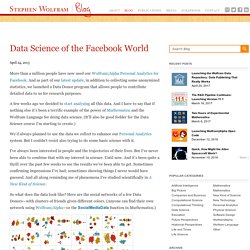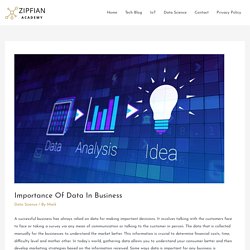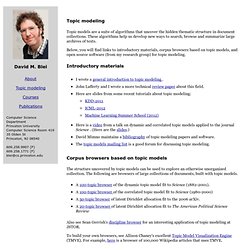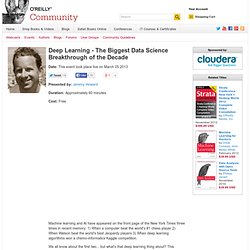

Data Science of the Facebook World. More than a million people have now used our Wolfram|Alpha Personal Analytics for Facebook.

And as part of our latest update, in addition to collecting some anonymized statistics, we launched a Data Donor program that allows people to contribute detailed data to us for research purposes. A few weeks ago we decided to start analyzing all this data. And I have to say that if nothing else it’s been a terrific example of the power of Mathematica and the Wolfram Language for doing data science. (It’ll also be good fodder for the Data Science course I’m starting to create.) We’d always planned to use the data we collect to enhance our Personal Analytics system. I’ve always been interested in people and the trajectories of their lives. So what does the data look like? So a first quantitative question to ask is: How big are these networks usually?
But how typical are our users? So, OK. But what friends do they add? And here’s an interactive version, generated from CDF: OK. But, OK. A Practical Intro to Data Science — Zipfian Academy. Are you a interested in taking a course with us?

Learn more on our programs page or contact us. There are plenty of articles and discussions on the web about what data science is, what qualities define a data scientist, how to nurture them, and how you should position yourself to be a competitive applicant. There are far fewer resources out there about the steps to take in order to obtain the skills necessary to practice this elusive discipline. Here we will provide a collection of freely accessible materials and content to jumpstart your understanding of the theory and tools of Data Science.
At Zipfian Academy, we believe that everyone learns at different paces and in different ways. We would love to hear your opinions on what qualities make great data scientists, what a data science curriculum should cover, and what skills are most valuable for data scientists to know. Environment Development Statistics Courses Books Machine Learning/Algorithms. Linear_algebra:introduction. To specify the vector \vec{v}, we need to specify the values for its three components v_1, v_2 and v_3.

To specify the matrix A we need to specify the values of its nine components a_{11}, a_{12}, \ldots, a_{33}. We will study the mathematical operations that we can performed on vectors and matrices and their applications. Many problems in science, business and technology are described naturally in terms of vectors and matrices so it is important for you to understand how to work with these things.
Context To illustrate what is new about vectors and matrices, let us review the properties of something old and familiar: the real numbers \mathbb{R}. Addition (denoted +) subtraction, the inverse of addition (denoted -) multiplication (denoted \times or implicit) division, the inverse of multiplication (denoted \div or as a fraction) You have been using these operations all your life, so you know how to use these operations when solving equations.
For vectors we have the following operations: David M. Blei. Topic modeling Topic models are a suite of algorithms that uncover the hidden thematic structure in document collections.

These algorithms help us develop new ways to search, browse and summarize large archives of texts. Below, you will find links to introductory materials, corpus browsers based on topic models, and open source software (from my research group) for topic modeling. Introductory materials I wrote a general introduction to topic modeling . Corpus browsers based on topic models The structure uncovered by topic models can be used to explore an otherwise unorganized collection. A 100-topic browser of the dynamic topic model fit to Science (1882-2001). Deep Learning - The Biggest Data Science Breakthrough of the Decade. Duration: Approximately 60 minutes.

Cost: Free Machine learning and AI have appeared on the front page of the New York Times three times in recent memory: 1) When a computer beat the world's #1 chess player 2) When Watson beat the world's best Jeopardy players 3) When deep learning algorithms won a chemo-informatics Kaggle competition. We all know about the first two... but what's that deep learning thing about? This happened in November of last year, and it represents a critical breakthrough in data science that every executive will need to know about and react to in the coming years. The NY Times said that these advances "hold implications not just for drug development, but for an array of applications, including marketing and law enforcement". About Jeremy Howard Jeremy Howard is the President and Chief Scientist at Kaggle. CS 194-16: Introduction to Data Science. A Practical Intro to Data Science — Zipfian Academy.
Free Datascience books.